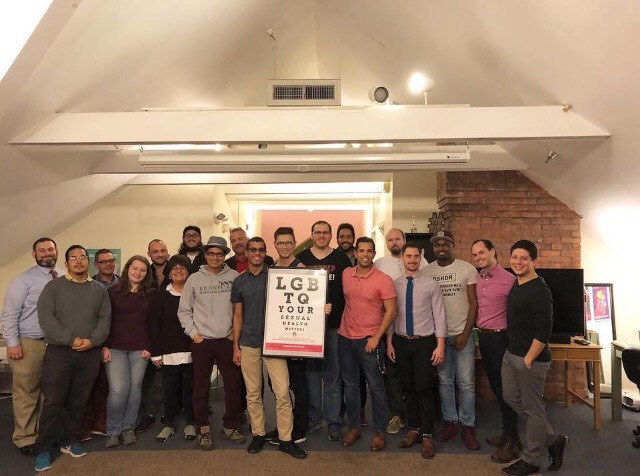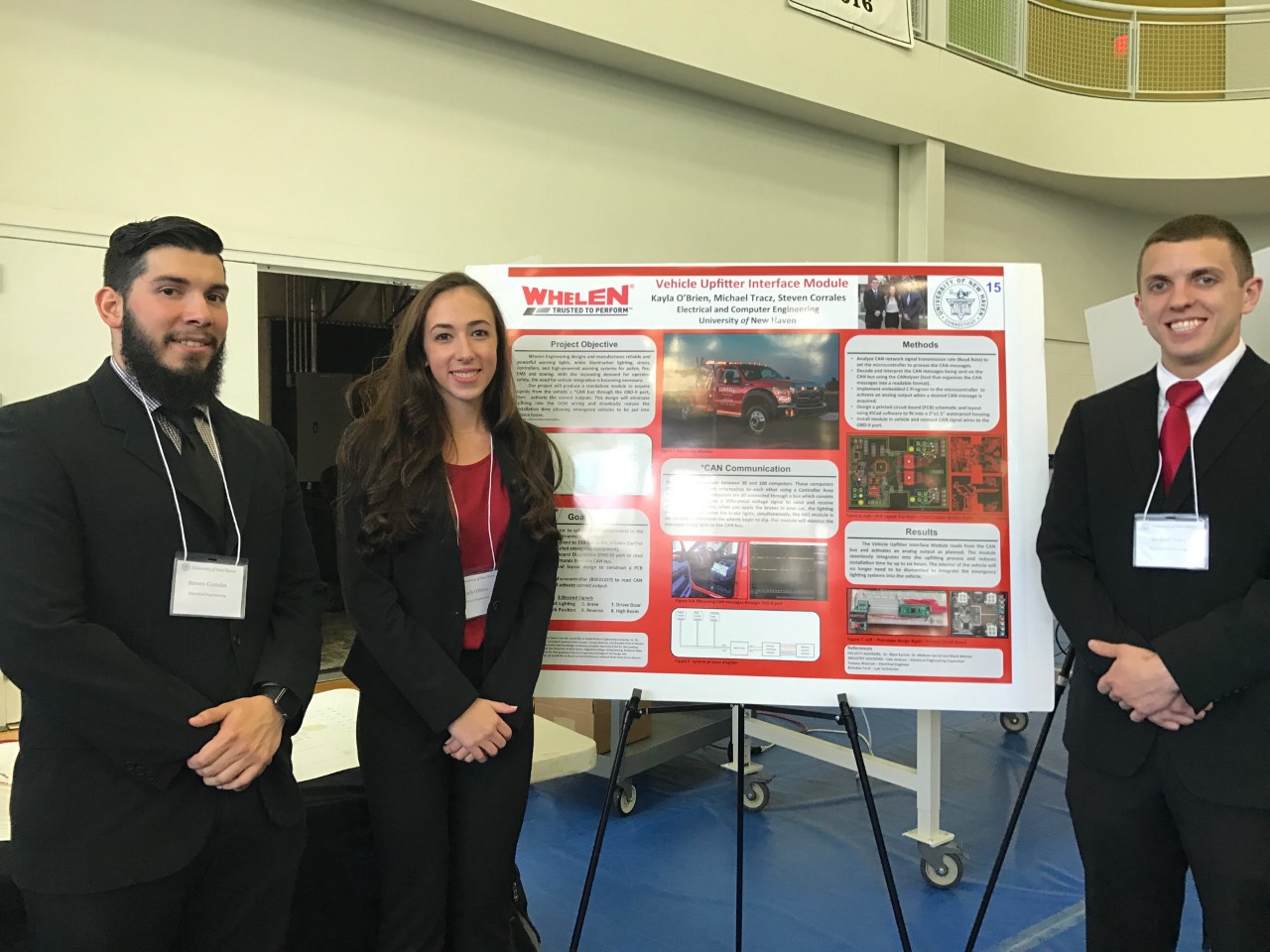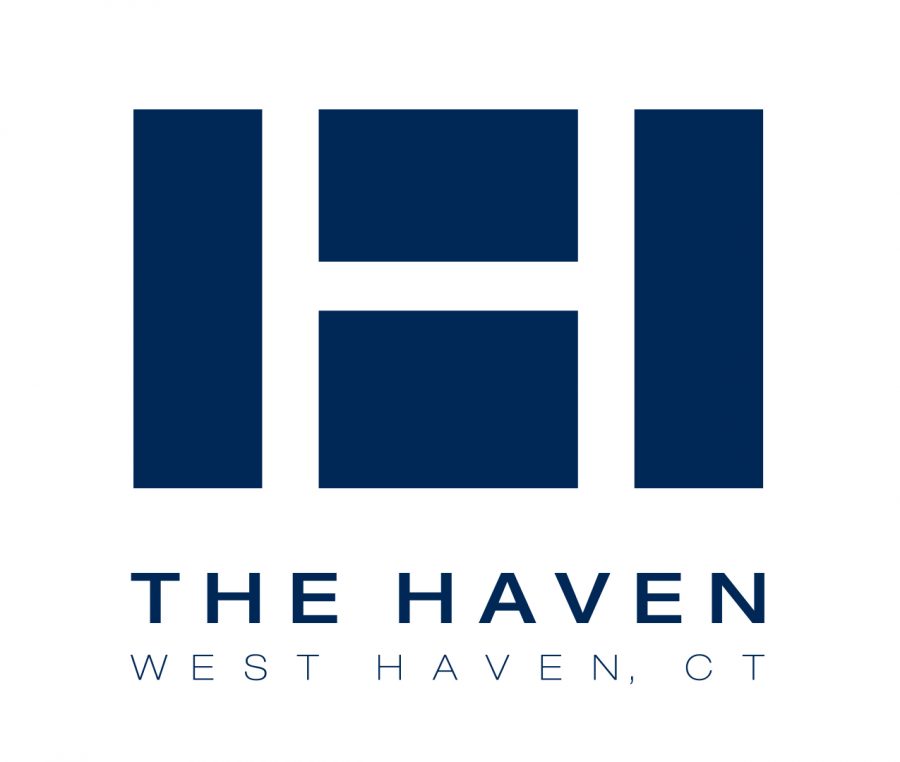Thousands arrived at Lighthouse Point Park in New Haven last Sunday, Sept. 30, to participate in the Walk to End Alzheimer’s Disease. The New Haven walk, along with numerous other walks throughout Connecticut, marked the close of Alzheimer’s disease Awareness month.

The mission of the Alzheimer’s Association is to “eliminate Alzheimer’s disease through the advancement of research; to provide and enhance care and support for all affected; and to reduce the risk of dementia through the promotion of brain health.”
The Alzheimer’s walks began in 1989 when nine chapters around the United States raised $149,000 for the cause. Last year, 650 walks took place, raising over $4.5 million dollars. Numbers were expected to improve for the 2012 walk season.
The New Haven event opened at 9 a.m. for team and participant registration. Starbucks, in addition to other local organizations, donated refreshments. Raffle tickets were also sold for a variety of themed prize baskets. However, despite the excitement seen in the faces of walker’s and Alzheimer’s Association volunteers alike, no one could forget why they were all there: to find a cure for Alzheimer’s Disease.
Through the building of the “Promise Garden,” a staple for the Alzheimer’s walk, it was clear that many participants had different reasons for being there. To build the “Promise Garden,” walkers were encouraged to plant artificial flowers in the sand, with the color of each flower corresponding to the walker’s relationship to Alzheimer’s disease. Blue flowers indicated that the walker was living with the disease. Orange flowers represented those who were caregivers to a person with Alzheimer’s. Purple stood for those who had lost someone to the illness, and yellow symbolized those there to give their support to the cause. Their promise? To find a cure.
Brittany Langer, a participant in New Haven’s Walk to End Alzheimer’s Disease, planted her purple flower in the sand near the waterfront. Langer, 21, is a native to the southern Connecticut area and an active volunteer with the Alzheimer’s Association. “Both of my grandmothers had it,” she explains, “and they both lost their battle.”
She explained the debilitating disease not only affects the people suffering with it, but their families as well. This experience drove her to get involved with the Connecticut chapter headquartered in Hartford.
As a volunteer, Langer gained valuable experience in planning and advertising the event. “People think that it magically all comes together, but in reality we have to make a lot of sponsorship phone calls. We have to recruit team members, and get people to register team captains and put out flyers.”
The New Haven Walk to End Alzheimer’s Disease raised nearly $185,000 dollars in donations, but the association expects that number to keep growing. “People can keep donating until November 30,” Langer stated. She hopes the next two months will bring the New Haven Walk over its goal of $202,000 dollars.
Although the New Haven event has passed, there are still opportunities for those interested to lend their support for the cause. The Southport Racquet Club will be hosting a 5k race on Nov. 3, with all of the proceeds going to the Alzheimer’s Association. More information can be obtained at www.southportracquetclub.com.
Nearly 5.4 million Americans are living with Alzheimer ’s disease. It is the “sixth-leading cause of death,” and cannot be “prevented, cured, or even slowed.” As seen in the “Promise Garden,” not all people affected by the disease suffer from it. Many have lost a family member, or currently care for those affected. The aim of The Walk to End Alzheimer’s is to end the suffering. The organization encourages people to get involved, as volunteers, like Langer, are the backbone of this effort.
“I wanted to be active in an organization that would be working to find a cure. That was the Alzheimer’s Association,” she said.
For more information about events and volunteer opportunities, please visit www.alz.org.














